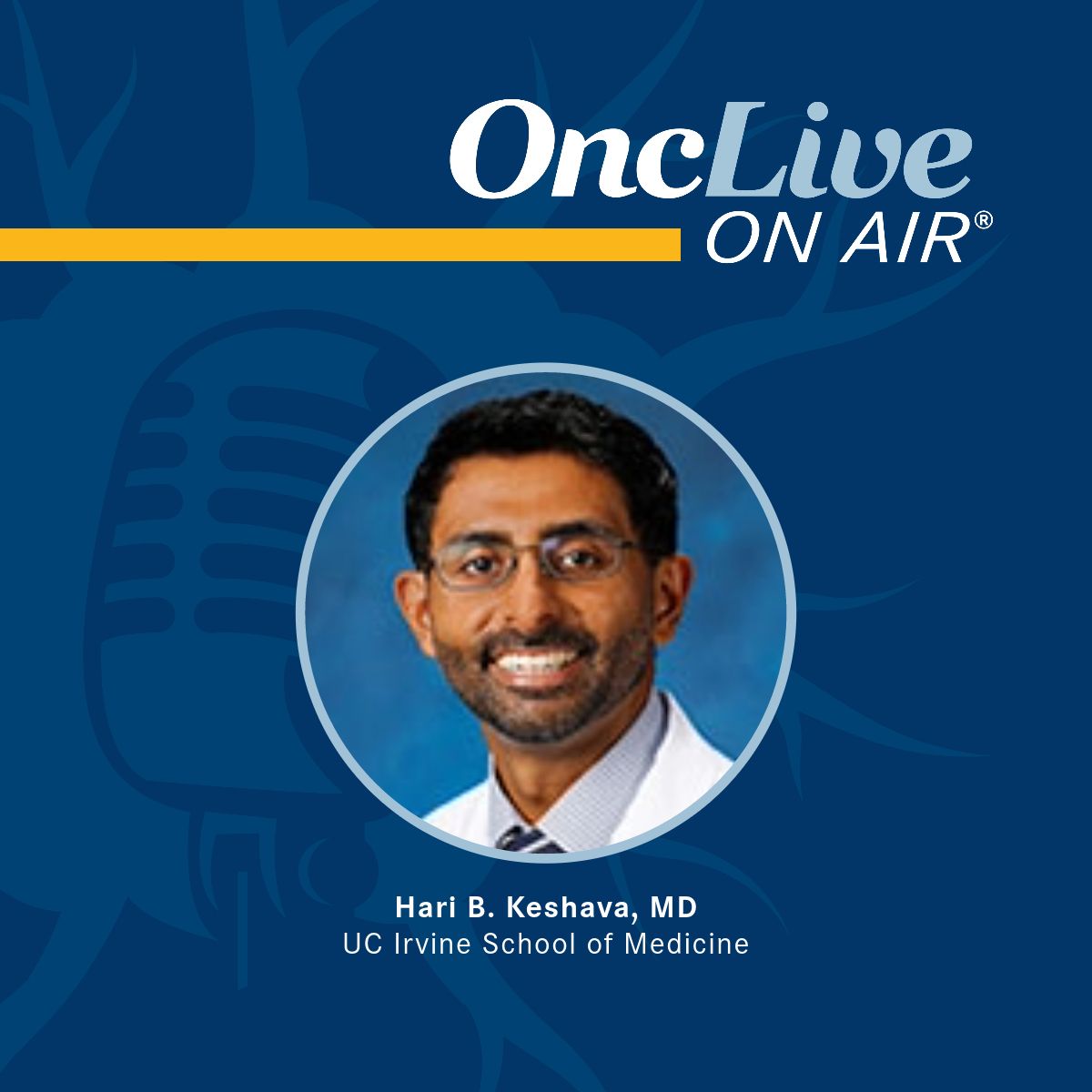Video
Dr Pellini on the Use of ctDNA Monitoring After Chemoimmunotherapy Induction in NSCLC
Author(s):
Bruna Pellini, MD, discusses the use of circulating tumor DNA monitoring to inform maintenance outcomes in patients with advanced non–small cell lung cancer treated with induction therapy with atezolizumab, carboplatin, and nab-paclitaxel.
Bruna Pellini, MD, assistant member, the Department of Thoracic Oncology, H. Lee Moffitt Cancer Center, assistant professor, Morsani College of Medicine, the University of South Florida, discusses the use of circulating tumor DNA (ctDNA) monitoring to inform maintenance outcomes in patients with advanced non–small cell lung cancer (NSCLC) treated with induction therapy with atezolizumab (Tecentriq), carboplatin, and nab-paclitaxel (Abraxane).
Pellini and colleagues presented data from a retrospective study that examined ctDNA in patients treated with the induction regimen, and they concluded that this monitoring could inform durability of treatment benefit and help identify patients at a high risk for disease progression to allow for selection of personalized maintenance strategies.
Findings from this investigation could be important for consideration in clinical trial designs in the future, Pellini begins, noting that ctDNA represents a feasible biomarker that can be studied at different time points. Future studies should examine personalized maintenance therapies, according to the risk of the patient, she explains. Among ctDNA-positive patients, the overall response rate was 43%, and these patients could be considered high risk for progression, she continues. The study also found that additional cycles of therapy was not associated with improved outcomes in patients who were ctDNA positive on day 1 of cycle 4. Therefore, it important to develop strategies for these patients, since treatment with the same therapy did not elicit an improvement, Pellini says.
The goal of the study was to attempt to show that there is a role for ctDNA monitoring in NSCLC; however, having a biomarker that only informs an investigator about a patient’s risk is not enough, Pellini continues. Therefore, creating trials that take examine different, personalized approaches could help improve outcomes for high-risk patients, Pellini concludes.









